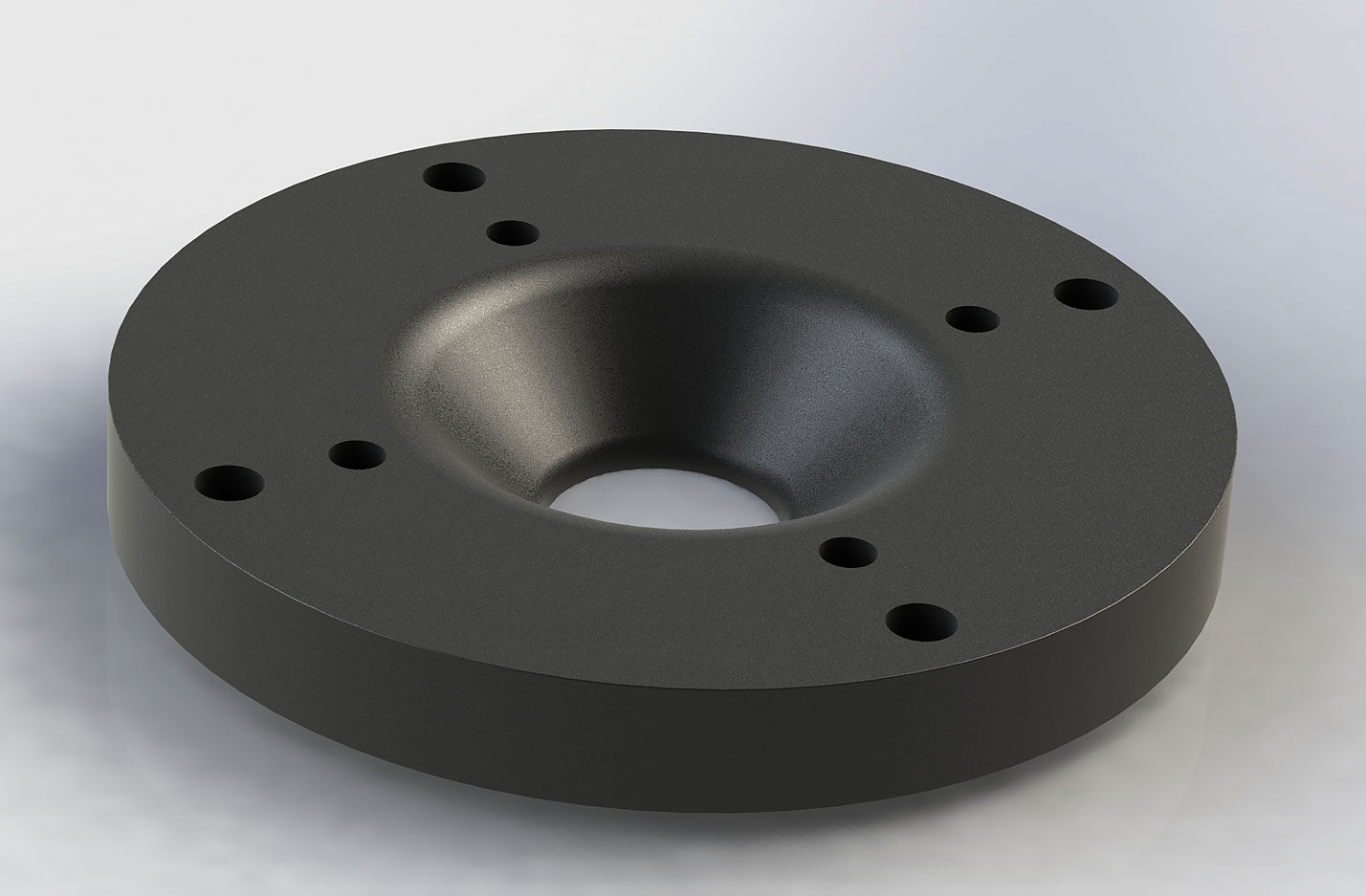For reference, here is an example of a wide baffle 3-way speaker designed by Kimmosto (author of VituixCAD software) that has directivity control down to lower midrange frequencies.
Here is a thread where Kimmosto has given a whole lot of design tips about how to take care of different directivity-related aspects in every step of speaker design (The whole thread is a golden reference about directivity control aspects):
Normalized off, Still doesn't look right. The cyan (light blue) response is 30º and it does not look like the merged version.

www.diyaudio.com
Here is another thread where most of the above information and then some more can be found:
For information, VituixCAD speaker simulator has been updated from version 1.1 to 2.0 with the following additions and changes (so far): Crossover schematic changed from formal block ladder to free form supporting unconventional topologies. Predefined passive blocks replaced with individual...
www.htguide.com
To me personally, reading these threads have been sort of enlightening regarding learning some speaker design concepts..

To very briefly summarize the key ideas, directivity control requires a few things taken care of:
1) Planning and selection of transducers/drivers and directivity control elements such as waveguides, horns, etc based on the overall speaker concept requirements, which may consider approximate intended/required driver crossover frequencies, driver mechanical limits etc
2) Planning and construction of a physical structure/acoustic construct that holds the drivers and let them do their work while minimally interfering/aiding directivity control
3) Planning and implementation of a crossover (active/passive) for the drivers, again designed from the point of view that it is another element that controls directivity.
Thanks
Vineeth



